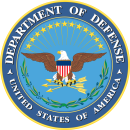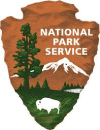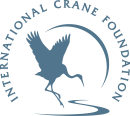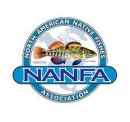Ways to get involved
For 50 years, the Endangered Species Act (ESA) has prevented the probable extinction of hundreds of species across the nation and contributed to the recovery of many others. Additionally, other efforts using the Service's ESA tools have contributed to improving the status of unlisted or candidate species. Landowners – including private citizens, tribes, conservation organizations, businesses, state and local agencies, other federal agencies – have all contributed to these efforts.
If you are interested in helping recover listed species or improving the status of candidate or other unlisted species, or if you have a project that may affect listed species, click on the links below to find additional information.
Conservation Benefit Agreements
Conservation Benefit Agreements (CBAs) are voluntary agreements involving private or other non-federal property owners where the actions in the agreement contribute to the conservation or recovery of the agreement’s covered species. Covered species can include both species listed as endangered or threatened under the ESA and/or at-risk non-listed species. In exchange for actions that contribute to the conservation of covered species, participating property owners receive formal assurances from the Service that if the conditions of the agreement are fulfilled, the Service will not require any additional or different management activities by the participants without their consent.
Candidate Conservation Agreements
Candidate Conservation Agreements (CCAs) are voluntary conservation agreements between the U.S. Fish and Wildlife Service (Service) and one or more public or private parties. The Service works with its partners to identify threats to candidate species, plan the measures needed to address the threats and conserve these species, identify willing landowners, develop agreements, and design and implement conservation measures and monitor their effectiveness.
Conservation Banking
Conservation banks are permanently protected lands that contain natural resource values. These lands are conserved and permanently managed for species that are endangered, threatened, candidates for listing as endangered or threatened, or are otherwise species-at-risk. Conservation banks function to offset adverse impacts to these species that occurred elsewhere, sometimes referred to as off-site mitigation. In exchange for permanently protecting the land and managing it for these species, the Service approves a specified number of habitat or species credits that bank owners may sell.
Our Partners
We work formally and informally with a large variety of groups and individuals to further species conservation. Partnerships for protecting and recovering endangered and threatened species have been established between the U.S. Fish and Wildlife Service and other federal agencies, state governments, private landowners, non-governmental organizations (NGOs), and tribes. Some of the many partners involved in species conservation are listed below.














